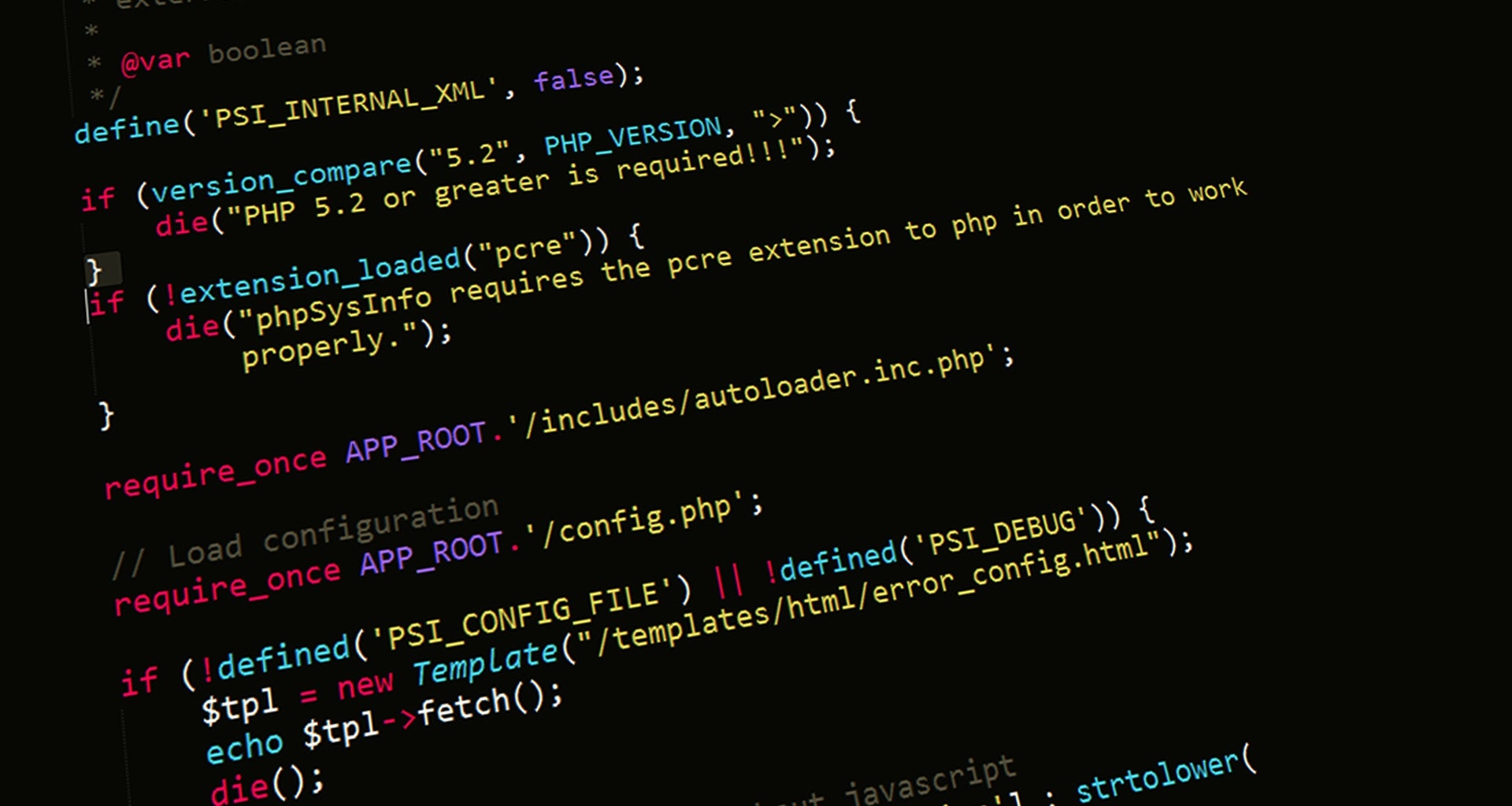GRATIS
Acerca de este curso
- Introduction and History of Bioinformatics
- Welcome to “Bioinformatics: Introduction and Methods! Upon completion of this module you will be able to: become familiar with the essential concepts of bioinformatics; explore the history of this young area; experience how rapidly bioinformatics is growing. Our supplementary materials will give you a better understanding of the course lectures through they are not required in quizzes or exams
- Sequence Alignment
- Upon completion of this module, you will be able to: describe dynamic programming based sequence alignment algorithms; differentiate between the Needleman-Wunsch algorithm for global alignment and the Smith-Waterman algorithm for local alignment; examine the principles behind gap penalty and time complexity calculation which is crucial for you to apply current bioinformatic tools in your research; experience the discovery of Smith-Waterman algorithm with Dr. Michael Waterman himself.
- Sequence Database Search
- Upon completion of this module, you will be able to: become familiar with sequence databse search and most common databases; explore the algoritm behind BLAST and the evaluation of BLAST results; ajdust BLAST parameters base on your own research project.
- Markov Model
- Upon completion of this module, you will be able to: recognize state transitions, Markov chain and Markov models; create a hidden Markov model by yourself; make predictuions in a real biological problem with hidden Markov model.
- Next Generation Sequencing (NGS): Mapping of Reads From Resequencing and Calling of Genetic Variants
- Upon completion of this module, you will be able to: describe the features of NGS; associate NGS results you get with the methods for reads mapping and models for variant calling; examine pipelines in NGS data analysis; experience how real NGS data were analyzed using bioinformatic tools. This module is required before entering Module 8.
- Functional Prediction of Genetic Variants
- Upon completion of this module you will able to: describe what is variant prediction and how to carry out variant predictions; associate variant databases with your own research projects after you get a list of variants; recognize different principles behind prediction tools and know how to use tools such as SIFT, Polyphen and SAPRED according to your won scientific problem.
- Mid-term Exam
- The description goes here
- Next Generation Sequencing: Transcriptome Analysis, and RNA-Seq
- Upon completion of this module, you will be able to: describe how transcriptome data were generated; master the algorithm used in transcriptome analysis; explore how the RNA-seq data were analyzed. This module is required before entering Module 9.
- Prediction and Analysis of Noncoding RNA
- Upon completion of this module, you will be able to: Analyze non-coding RNAs from transcriptome data; identify long noncoding RNA (lncRNA) from NGS data and predict their functions.
- Ontology and Identification of Molecular Pathways
- Upon completion of this module, you will be able to: define ontology and gene ontology, explore KEGG pathway databses; examine annotations in Gene Ontology; identify pathways with KOBAS and apply the pipeline to drug addition study.
- Bioinformatics Database and Software Resources
- Upon completion of this module, you will be able to describe the most important bioinformatic resources including databases and software tools; explore both centralized resources such as NCBI, EBI, UCSC genome browser and lots of individual resources; associate all your bioinformatic problems with certain resources to refer to.
- Origination of New Genes
- Upon completion of this case study module, you will be able to: experience how to apply bioinformatic data, methods and analyses to study an important problem in evolutionary biology; examine how to detect and study the origination, evolution and function of species-specific new genes; create phylogenetic trees with your own data (not required) with Dr. Manyuan Long, a world-renowned pioneer and expert on new genes from University of Chicago.
- Evolution function analysis of DNA methyltransferase
- Upon completion of this case study module, you will be able to: experience how to use bioinformatic methods to study the function and evolution of DNA methylases; share with Dr. Gang Pei, president of Tongji University and member of the Chinese Academy of Science, the experiences in scientific research and thought about MOOC.
- Final Exam
- The description goes here
Cursos relacionados

GRATIS Aprendiendo a aprender: Poderosas herramientas mentales…
Deep teaching solutions
Español

GRATIS Programación para todos (Introducción a Python)
University of Michigan
Inglés

GRATIS The Science of Well-Being
Yale
Inglés

GRATIS Negociación exitosa: Estrategias y habilidades esenciales
University of Michigan
Inglés

GRATIS Primeros Auxilios Psicológicos (PAP)
Universitat Autónoma de Barcelona
Español
